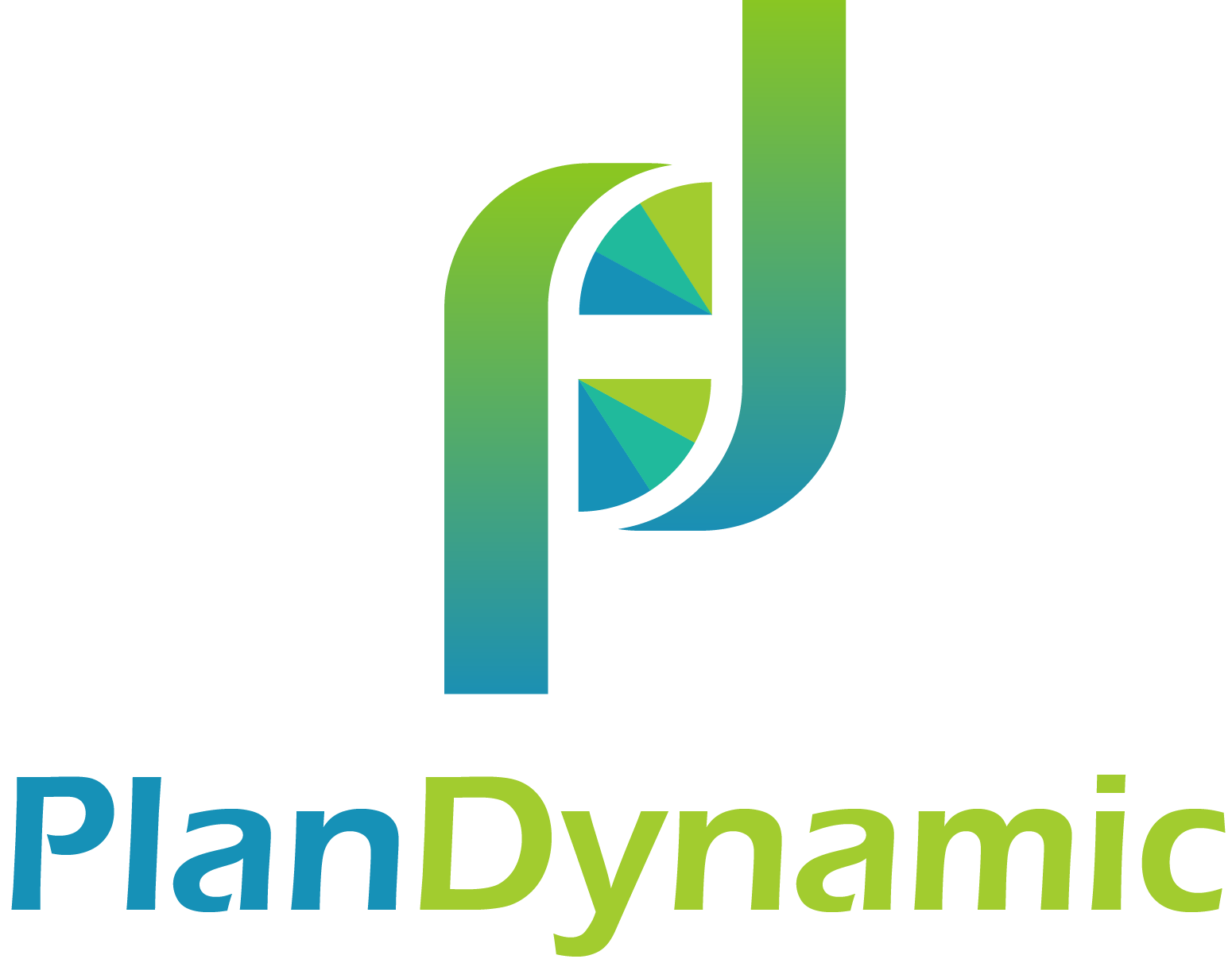Secure Act 2: Electric Boogaloo?
Sometimes it’s best to not have a sequel.
Still, Congress delivered us one with “Secure Act 2.0” in December.
The original Secure Act was released three years ago. It began with 417-3 House vote in May 2019, advanced by the Senate cramming into the 2020 budget and concluded with Congress cheerleading the delay of Required Minimum Distributions (RMDs) by 18 months to age 72 and providing greater access to 401(k) for part-time employees.
Those are good things, but hidden in plain sight was the dismal plot - the death of ‘stretch’ IRA and creation of the 10-Year Rule, which included liquidating inherited non-spousal (children) Roth IRAs.
See Congress had wanted to speed up tax revenues. What better way than forcing a 25 year old, regardless of financial situation, to liquidate mom or dad’s inherited IRA or Roth IRA by age 35 instead of during their retirement years.
How does this help secure retirement for future generations? Or benefit hardworking Americans who sacrificed, saved, planned and proactively paid taxes years, in some cases, decades sooner than needed?
So, with this precedent, how does their latest Secure Act 2.0 look?
In a word: better.
Here are some early awards:
Most Widespread Impact - RMDs from retirement accounts increase to age 73 from 72 beginning January 1, 2023. It will increase to age 75 in 2033. That said, just because you can delay doesn’t mean you avoid being required to take greater amounts later. In fact, it can accelerate and put some into higher tax brackets without planning.
Most Significant Benefit - Roth, Roth, and more Roth. These changes all appear to be good news for those seeking planning opportunities.
Creation of SEP Roth IRAs and SIMPLE Roth IRAs as well as employer contributions (aka 401(k) match) will be permitted to deposit matching and/or nonelective contributions to employees’ designated Roth accounts. There is a caveat, the match would be included in the employee’s income in the year of the contribution. Ditto for amounts deposited into SEP Roth IRAs and SIMPLE Roth IRAs. Still, great to have choice.
Surprising 2024 Newcomer - In 2024, “high wage earners” will be required to use Roth option for catch-up contributions to 401(k), 403(b), and 457(b) plans, but not for IRAs.
What’s Congress’s definition of a high wage earner here?
$1,000,000?
$400,000?
Nope, here it’s $145,000.
A caveat if you’re self-employed individual (sole proprietors and partners) it is specific language of wages (which you don’t earn), thus it appears can still make pre-tax catch-up contributions if income from self-employment is over $145,000.
Breakin’ Star - After 15 years of a 529 plan being opened, unused assets can be rolled over to a Roth IRA for the beneficiary (child). Now, it is subject to annual Roth contribution limits and an aggregate lifetime limit of $35,000. Still, this is a great idea, as you can help a young adult grow a Roth IRA, while they use funds for other savings or pay off liabilities.
Closing Credits - Secure Act 2.0 has dozens for nuances and benefits for student loans, emergency savings in DC plans, automatic enrollment, annuity options, qualified charitable distributions, solo 401Ks, surviving spouse benefits and more. Best to consult your Certified Financial Planner to learn more.
The opinions voiced in this material are for general information only and are not intended to provide specific advice or recommendations for any individual.
Glenn Brown is a Holliston resident and owner of PlanDynamic, LLC, www.PlanDynamic.com. Glenn is a fee-only Certified Financial Planner™ helping motivated people take control of their planning and investing, so they can balance kids, aging parents and financial independence.
This article appeared in the January editions of Local Town Pages for Holliston, Natick, Ashland, Franklin, Hopedale, Medway/Mills, Bellingham, and Norfolk/Wrentham.
Please call me at (508) 834-7733 or directly schedule a meeting to learn more about considerations for planning and investing so you can balance kids, aging parents and your financial independence.
PlanDynamic, LLC is a registered investment advisor. This article is intended to provide general information. It is not intended to offer or deliver investment advice in any way. Information regarding investment services are provided solely to gain a better understanding of the subject or the article. Different types of investments involve varying degrees of risk. Therefore, it should not be assumed that future performance of any specific investment or investment strategy will be profitable.
Market data and other cited or linked-to content in this article is based on generally-available information and is believed to be reliable. PlanDynamic, LLC does not guarantee the performance of any investment or the accuracy of the information contained in this article. PlanDynamic, LLC will provide all prospective clients with a copy of PlanDynamic, LLC’s Form ADV2A and applicable Form ADV 2Bs. You may obtain a copy of these disclosures on the SEC website at http://adviserinfo.sec.gov or you may Contact Us to request a free copy via .pdf or hardcopy.
